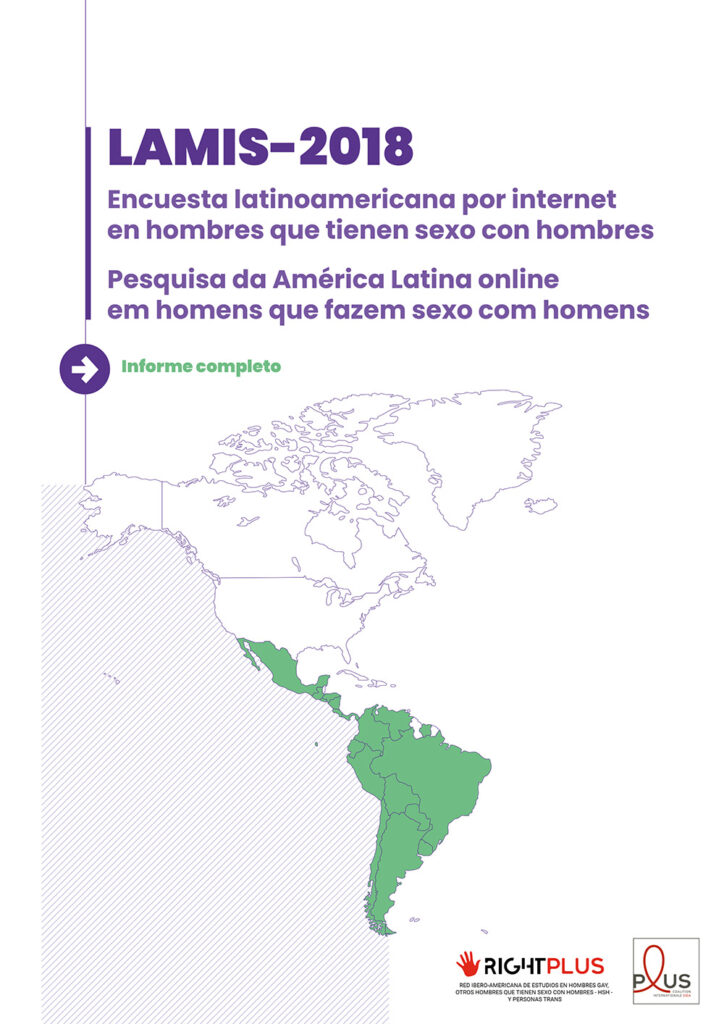J Int AIDS Soc. 2022 Oct;25 Suppl 5(Suppl 5):e25992. doi: 10.1002/jia2.25992.
Authors: Max Nicolai Appenroth, Uwe Koppe, Ford Hickson, Susanne Schink, Alexander Hahne, Axel J Schmidt, Peter Weatherburn, Ulrich Marcus
Abstract
Introduction: The population of men-who-have-sex-with-men (MSM) includes people who are on the masculine spectrum but were assigned female at birth (AFAB), that is trans MSM. This study aims to identify current circumstances regarding sexual happiness and safety among German trans MSM. To date, there is no health information about trans MSM in Germany, limiting the ability of MSM sexual health programmes to meet their needs.
Methods: Data were used from the European MSM Internet Survey (EMIS-2017), where people identifying as men and/or trans men were recruited through dating apps for MSM, community websites and social media to participate in an online survey. We analysed parameters on sexual happiness and satisfaction with sexual safety among Germany-based trans MSM and compared those to outcomes of MSM assigned male at birth (cis MSM) living in Germany using descriptive methods and logistic regression models adjusting for age.
Results: In total, 23,001 participants from Germany were included, of which 122 (0.5%) indicated to be AFAB (i.e. trans MSM). Trans MSM were markedly younger than cis participants (median age: 28.5 vs. 39 years). Trans MSM more often reported being unhappy with their current sex life (adjusted odds ratio [aOR] = 1.82, 95% CI 1.24-2.67), had higher odds of disagreeing with the statements “the sex I have is always as safe as I want” ([aOR] = 1.82, 95% CI 1.24-2.67) and “I find it easy to say no to sex that I don’t want” ([aOR] = 1.80, 95% CI 1.18-2.77). Trans MSM were more likely to not be living comfortably financially ([aOR] = 2.43, 95% CI 1.60-3.67) and to be living with severe anxiety and/or depression ([aOR] = 3.90, 95% CI 2.22-6.83). Trans MSM were less likely to have ever tested for HIV ([aOR] = 0.63, 95% CI 0.43-0.93).
Conclusions: Sexual happiness, control of sexual boundaries, satisfaction with sexual safety, financial security, mental wellbeing and HIV testing were all lower in German trans MSM compared with cis MSM. Tailored sexual health interventions, contextualized with regard to needs and vulnerabilities, could address this inequality.

